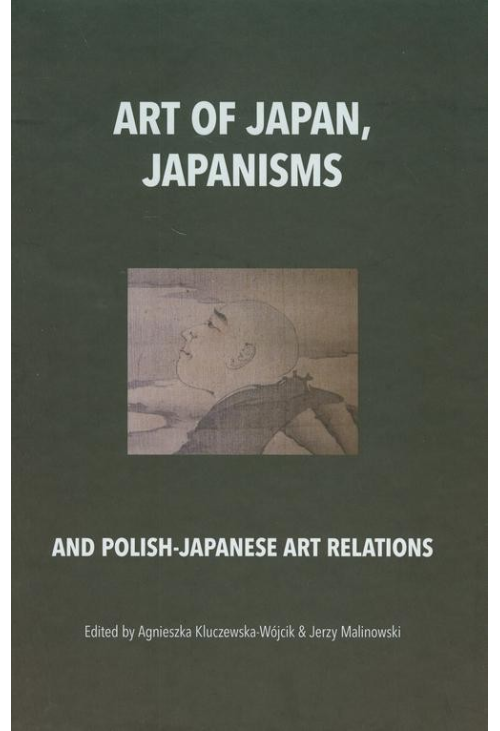
- -28%
ebook Art of Japan Japanisms and Polish-Japanese art. Relations
Odkryj fascynujący świat sztuki Japonii w tym wyjątkowym ebooku "Art of Japan: Japanisms", autorstwa Agnieszki Kluczewskiej-Wójcik i Jerzego Malinowskiego, wydanym przez Polski Instytut Studiów nad Sztuką Świata w 2012 roku. Ta publikacja cyfrowa stanowi zbiór 48 studiów przygotowanych na potrzeby międzynarodowej konferencji zorganizowanej przez Polskie Stowarzyszenie Sztuk Wschodnich (obecnie Polski Instytut Studiów nad Sztuką Świata) w Muzeum Sztuki i Techniki Japońskiej "Manggha" w Krakowie w 2010 roku.
"Art of Japan: Japanisms" to ebook, który zanurza czytelników w bogatej historii i wpływie sztuki japońskiej na europejskie prądy artystyczne od XVI wieku aż po czasy współczesne. Autorzy analizują różnorodne koncepcje estetyczne, przedstawiając interpretacje historii sztuki Japonii od okresu średniowiecza do czasów dzisiejszych.
Wpływ sztuki japońskiej na Europę stał się szczególnie widoczny po otwarciu Japonii dla świata w 1854 roku. Importowane dzieła sztuki, zwłaszcza grafiki i porcelany, miały kluczowe znaczenie dla kształtowania się europejskich trendów artystycznych i gustów estetycznych. Dzięki charakterystycznym cechom stylistycznym, zasadom kompozycji w pejzażach, scenach rodzajowych i portretach – w ukiyo-e oraz innych technikach i regułach dekoracyjnych – europejscy artyści odkryli nowe źródła inspiracji dla ważnych kierunków artystycznych, takich jak impresjonizm, postimpresjonizm, secesja, ekspresjonizm i funkcjonalizm, które stały się fundamentami sztuki XX wieku.
Z drugiej strony, japońscy artyści dostosowywali "nową sztukę" z Europy do własnych poszukiwań wyrazowych – w malarstwie, plakacie, architekturze czy kinie. Ebook zawiera szczegółowe omówienie tych relacji i wpływów, podkreślając unikalność japońskiego podejścia do sztuki oraz jej odbiór na arenie międzynarodowej.
"Art of Japan: Japanisms" to niezwykłe źródło wiedzy dla miłośników literatury pięknej, historyków sztuki i badaczy kultury japońskiej. Dostępny jest w formacie PDF do pobrania ze sklepu z ebookami. Zapraszamy do kupienia e-booka i cieszenia się lekturą, która otworzy nowe perspektywy na bogactwo i różnorodność sztuki Japonii oraz jej wpływ na światową scenę artystyczną.
Ten ebook jest jednym z najlepszych dostępnych publikacji cyfrowych, oferując wgląd w relacje polsko-japońskie w kontekście sztuki i kultury. Polecamy go jako obowiązkową lekturę dla każdego zainteresowanego głębszym zrozumieniem tych fascynujących powiązań.
Pobierz ebook "Art of Japan: Japanisms" i odkryj tajemnice sztuki Japonii oraz jej niezwykły wpływ na światową kulturę!
Szczegóły ebooka Art of Japan Japanisms
- Wydawca:
- Polski Instytut Studiów nad Sztuką Świata
- Rok wydania:
- 2012
- Typ publikacji:
- Ebook
- Język:
- angielski
- Format:
- Redakcja:
- Jerzy Malinowski
- Liczba stron:
- 364
- Miejsce wydania:
- Warszawa
- ISBN dla wersji papierowej:
- 9788362737161
Recenzje ebooka Art of Japan Japanisms
-
Reviews (0)

Na jakich urządzeniach mogę czytać ebooki?
- -28%




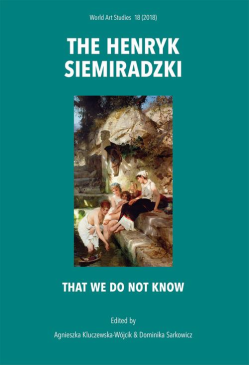
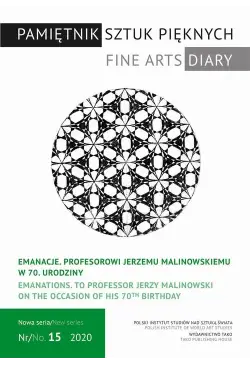
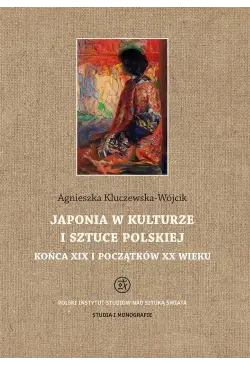



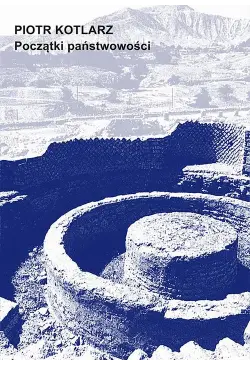




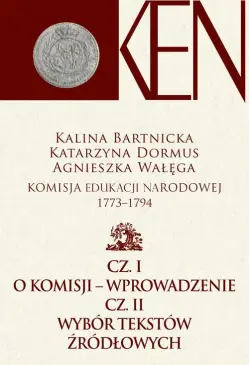

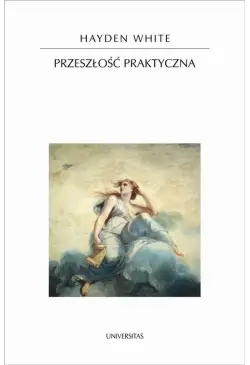

@CUSTOMER_NAME@
@COMMENT_TITLE@
@COMMENT_COMMENT@